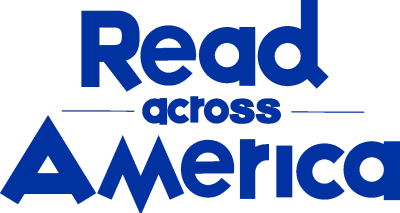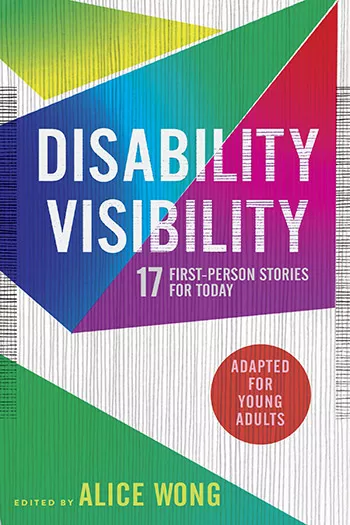Share this book
In Disability Visibility, students will find that the voices of the disability community are vibrant and varied. Before they start reading, have them check their perceptions and factual knowledge about individuals with disabilities.
Start by hanging poster paper around the classroom. Title each sheet with a different disability heading such as Intellectual Disability, Traumatic Brain Injury, Developmental Disability, Autism, Visual Impairments, Deaf or Hard of Hearing, Physical Disability, and so on. Under the heading, divide the sheet into two columns: Ideas and Facts. Have students visit each sheet and write down their attitudes, assumptions, and ideas about each category of disability.
Once students have finished adding their ideas, divide them into small groups and assign each group to research one or more specific disability categories. Have them use online and print resources to check their ideas and gather actual facts about their disability category and add them to the sheet.
As groups present their findings, discuss as a class how their attitudes, assumptions, and ideas about disabilities differ from the facts, the impact that inaccurate perceptions–whether positive or negative–have, and what they could do to learn more to overcome misconceptions.
Questions for Discussion or Reflective Writing
- What did you see as common themes in these essays? How does disability show up in your life? Is it something you find yourself thinking about?
- What did you learn about different kinds of issues that most people don’t think about as disability issues? How is every issue a disability issue?
- Essays in the book share examples of both ableism in society, like casual ableism, as well as internalized ableism. What did you learn from these essays that could help you change that in our society?
- How did your ideas as to what individuals with disabilities may face day-to-day change after reading these essays? How has your understanding changed of how varied and accomplished the lives of individuals with disability are?
Related Resources
Disability Visibility Project
Disability Visibility anthology resources
Crip Camp: A Disability Revolution
Supporting Individuals with Disabilities from NEA
More Titles to Try
-
Unbroken: 13 Stories Starring Disabled Teens
Marieke Nijkamp (editor)
-
Strangers Assume My Girlfriend Is My Nurse
by Shane Burcaw
-
We Should Hang Out Sometime: Embarrassingly, a True Story
by Josh Sundquist
-
Breathe and Count Back From Ten by Natalia Sylvester
by Natalia Sylvester
-
A Time to Dance by Padma Venkatraman
by Padma Venkatraman
-
Not If I See You First
by Eric Lindstrom
-
You’re Welcome, Universe
by Whitney Gardner
Stay on top of current education news



